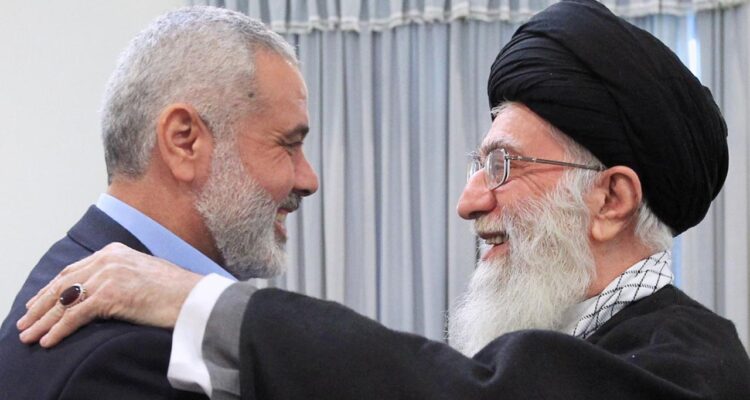From the moment the first group of black-clad fighters crossed the border fence from Gaza into southern Israel, it was clear that this was an extraordinary moment of success, however bloody and fleeting, for Hamas. It was also clear that they could not have done it alone.
How could this have happened? How could a terrorist group operating in a 140-square-mile patch of land, hemmed in by Israeli and Egyptian blockades and the Mediterranean, break through and launch a brazen and effective attack on one of the best-funded and most developed militaries in the Middle East?
The group, which has roots in the Muslim Brotherhood, was formed in 1987 at the beginning of the first Palestinian intifada, or uprising. Then, as now, its stated aim was the establishment of an Islamic state in historical Palestine.
Over the years a call for the destruction of Israel was quietly dropped from the group’s manifesto. Yet since its foundation, Hamas has launched indiscriminate, bloody attacks on Israeli civilian targets, often describing them as retaliatory strikes for Israeli operations killing Palestinians.
In 2005, when Israel withdrew its troops from Gaza – 38 years after capturing it from Egypt in the Six Day War – Hamas rebranded itself as a social and political force, as well as an armed group. The organisation initiated social care programmes in Gaza and in 2006 won legislative elections. Soon after, it ousted the rival movement, Fatah, and has since in effect held absolute power.
Read the article by Louise Callaghan in The Australian (from The Times).

